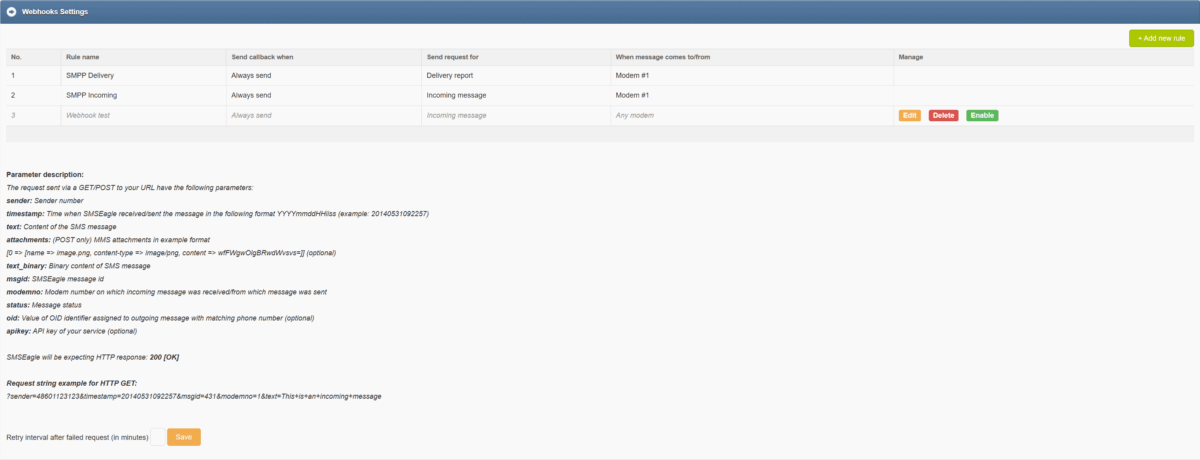
A Practical Look at Automated Notifications for BMS Systems
In today’s smart buildings, automated BMS notifications are essential for safety, efficiency, and reliability. This article explores how on-premise hardware gateways such as SMSEagle ensure timely communication of critical events, comparing cloud and local architectures, best practices, and real-world implementations in modern facility management.







